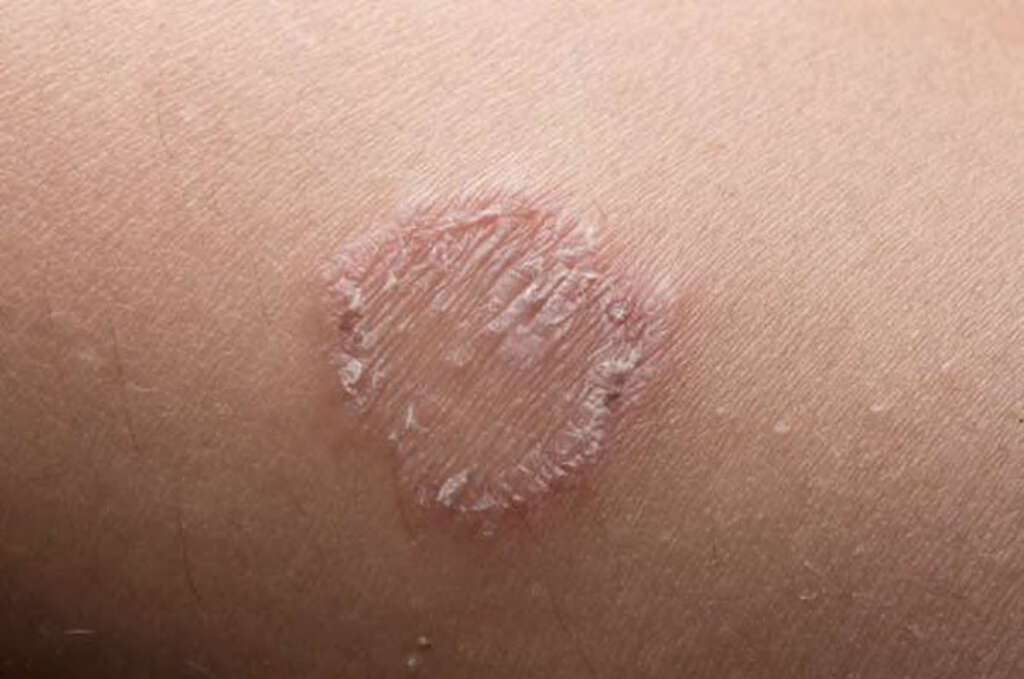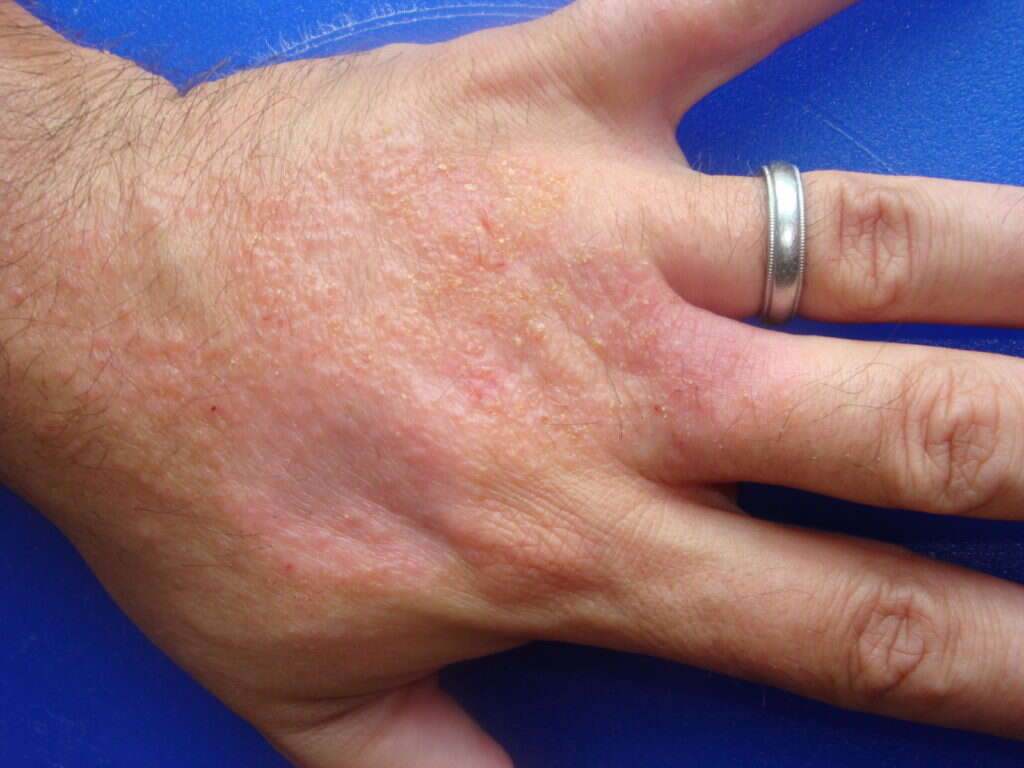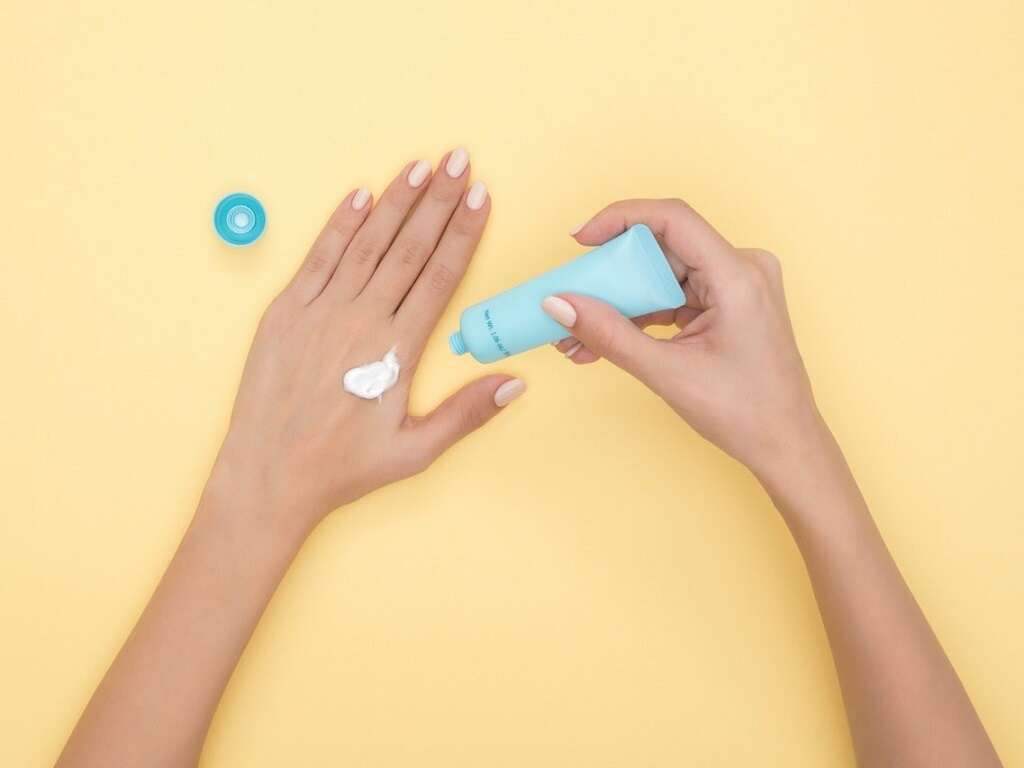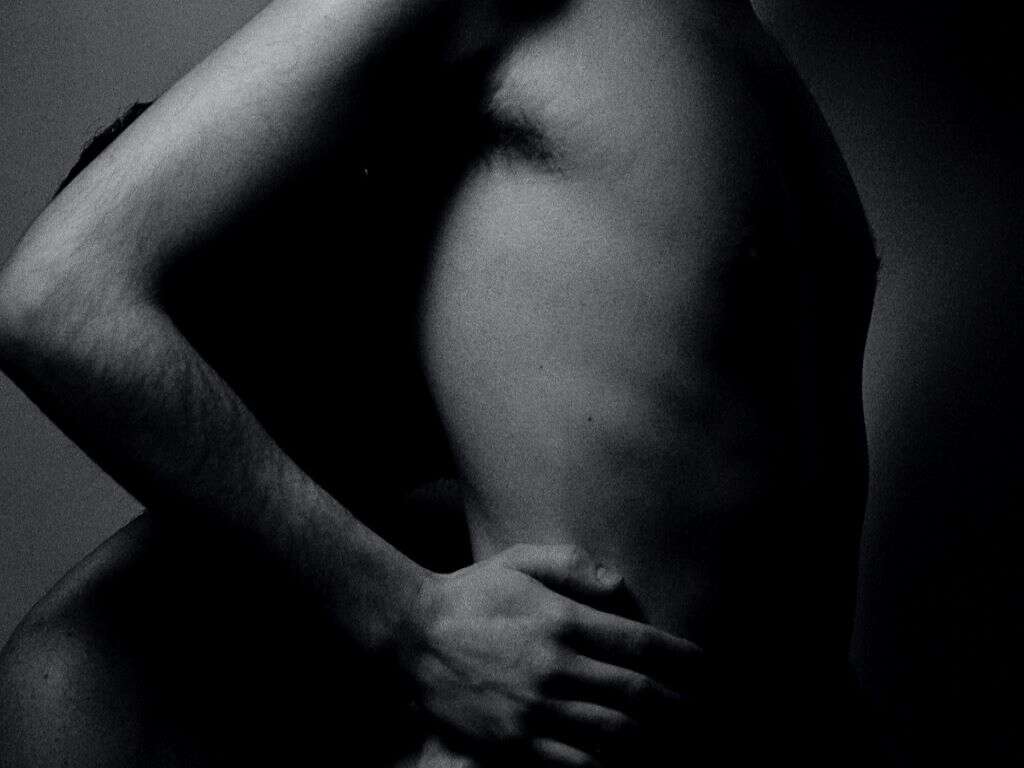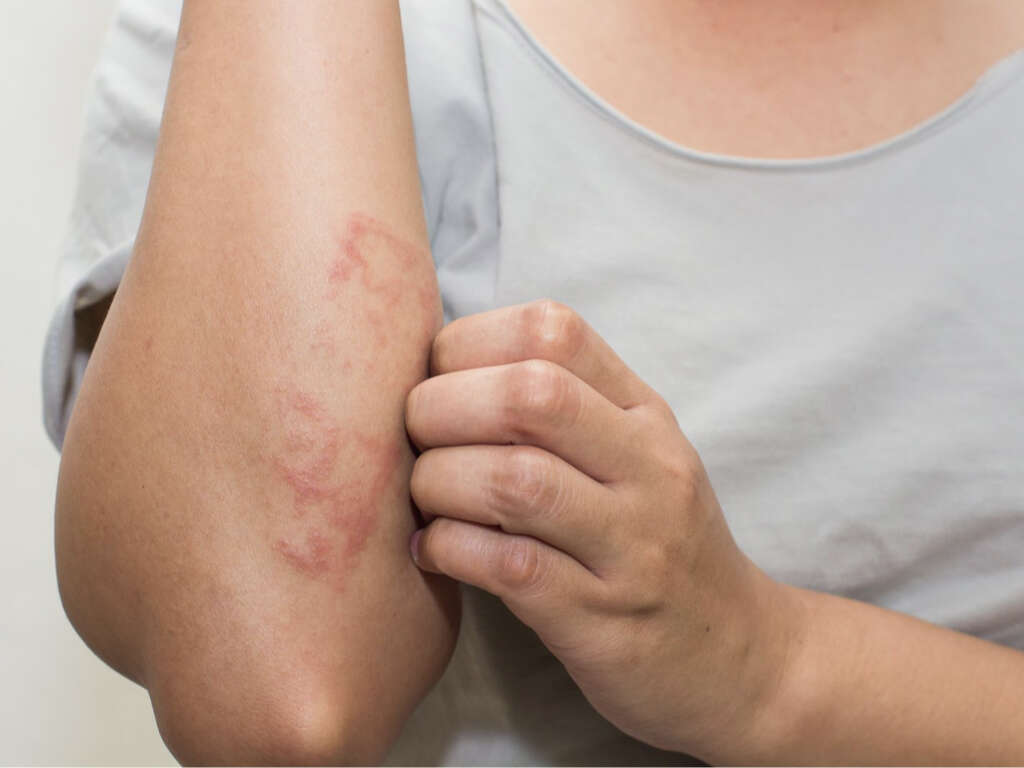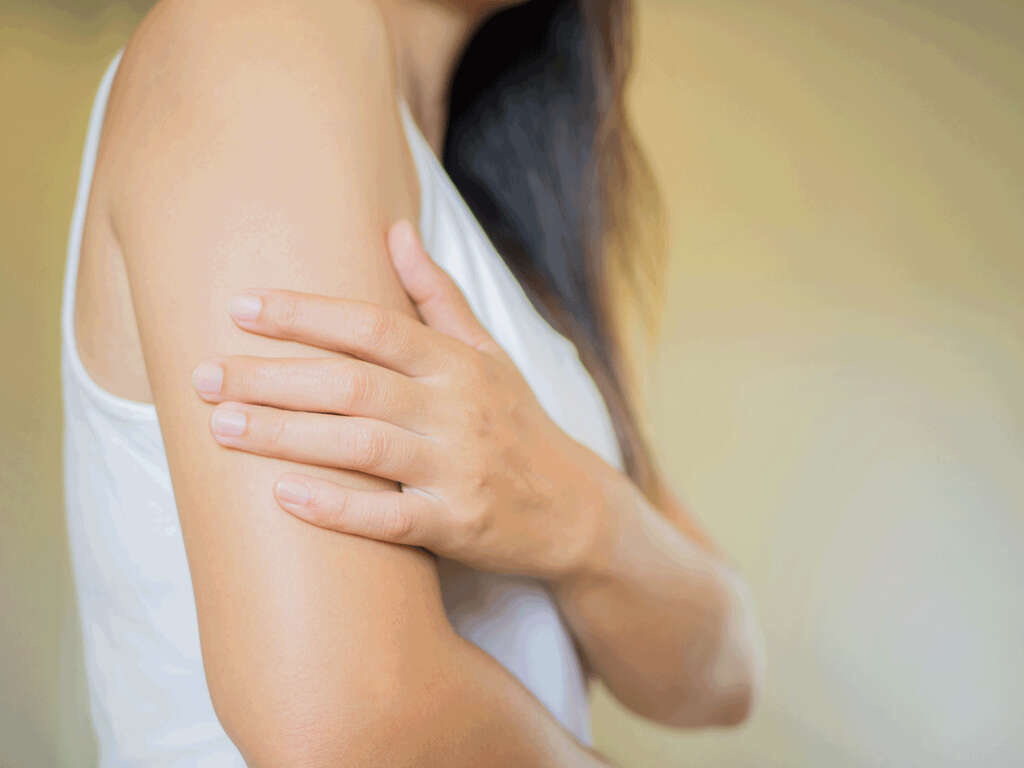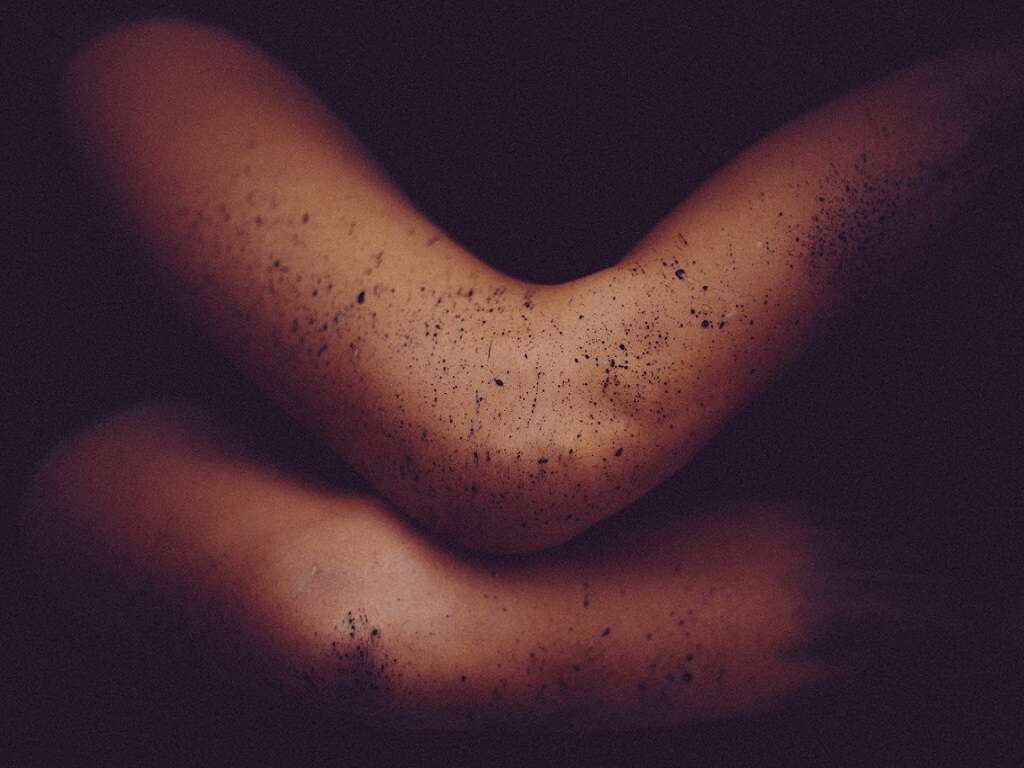10 Symptoms Of Nummular Dermatitis
Nummular dermatitis is a chronic and inflammatory skin condition that occurs in men more often than it does in women. It is characterized by coin-shaped lesions in the skin. This condition can appear at any age but it is usually seen in the 5th or 6th decade of life.
The exact cause of this disease is not known but it is closely related to conditions that involve dry skin and/or persistent skin trauma.
This condition is also known as Nummular Eczema and Discoid Eczema. The diagnosis of this condition needs to be made by a trained medical professional as it is hard to distinguish from other skin conditions. Here are 10 of the most common signs and symptoms associated with nummular dermatitis.
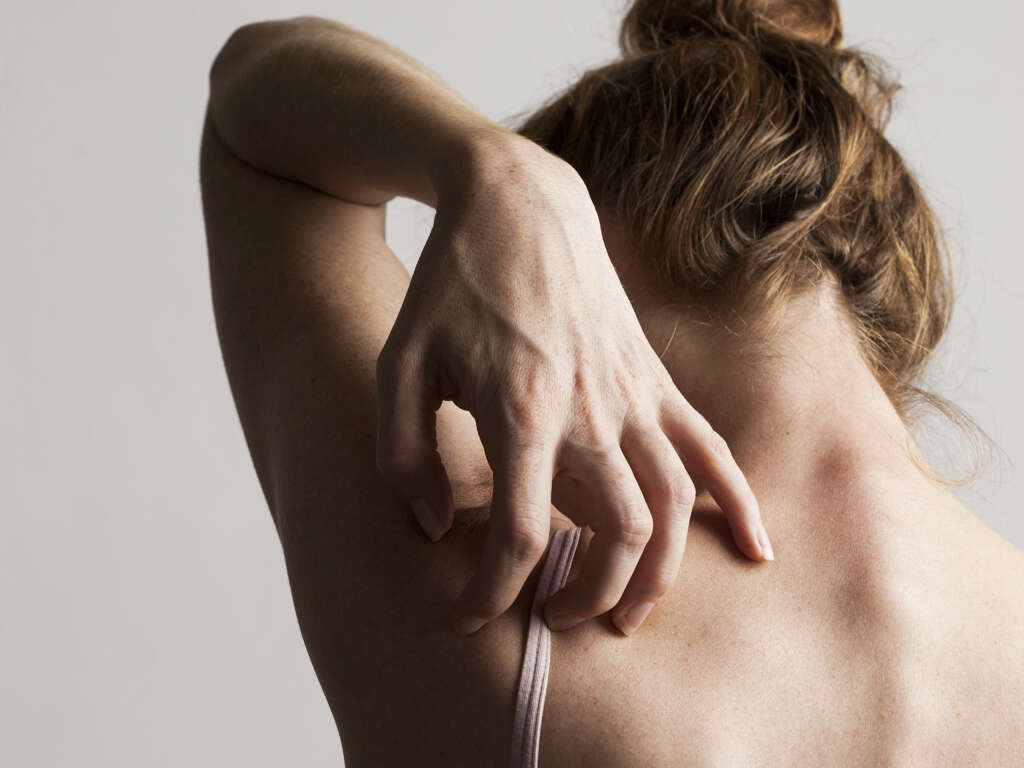
Symptom #1: Round Or Oval Lesions
The name nummular or discoid dermatitis comes from the circular shape of the lesions. This is the most common symptom associated with this disease but it is important to know that many other conditions can cause the same pattern.
The rash is usually described as red or violaceus papules (spots) on the surface of the skin. Later on, the lesions can coalesce to form larger plaques.

Symptom #2: Itchiness
Itchy skin is one of the most common symptoms associated with nummular dermatitis. The pruritus (itchiness) can be mild but in some cases, it can become quite annoying for the patient.
It is important to avoid scratching the lesions as it can cause more damage to the skin, leading to complications like bacterial colonization.
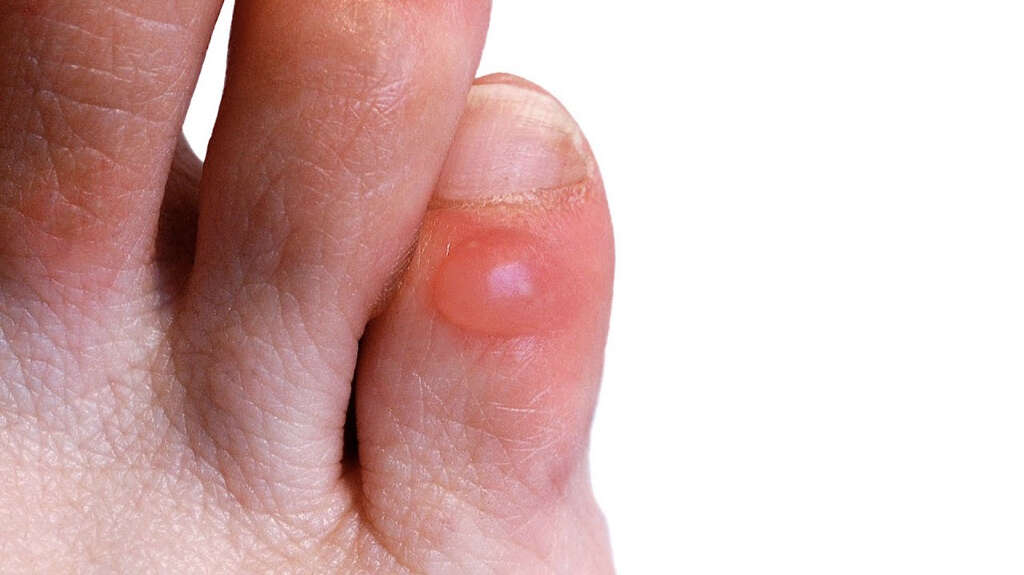
Symptom #3: Preference For The Extremities
The lesions associated with nummular dermatitis can be found in any part of the body, but this condition exhibits a preference towards the extremities and especially the legs. It is usually bilateral and it tends to recur in the same location every time.
It is important to know that nummular dermatitis does not affect the face or the scalp. If you are experiencing symptoms related to this condition, you should seek medical attention for a proper diagnosis.
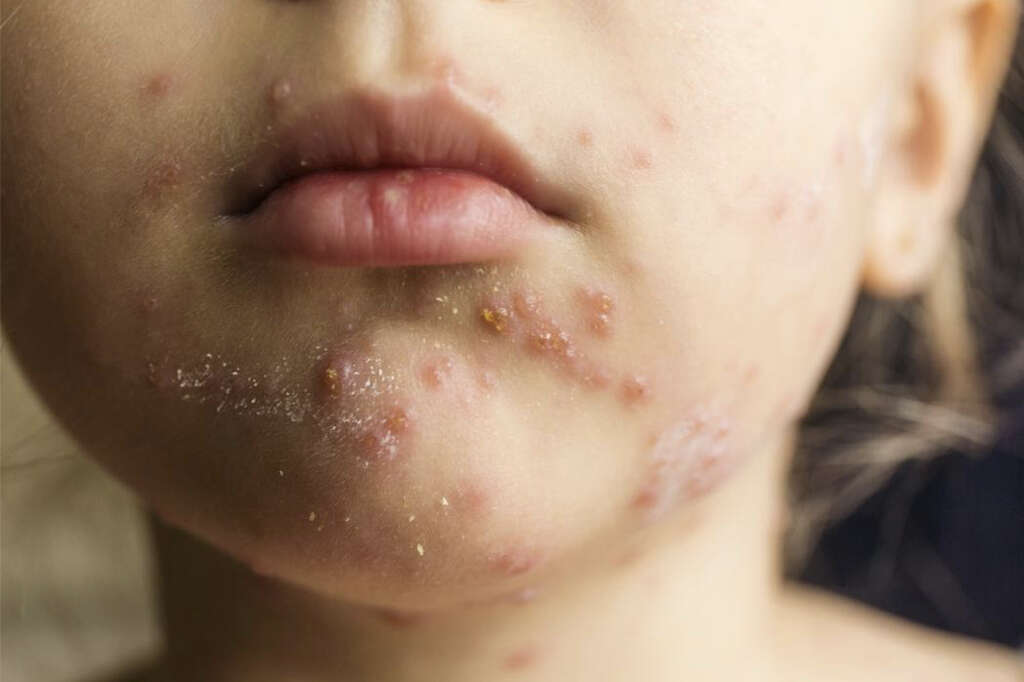
Symptom #4: Yellow Crust
As the condition progresses, it is not unusual to find bacterial colonization of the lesion. These secondary infections are usually caused by staphylococcus aureus, which causes the plaques to develop a thick yellow crust on top.
At this point, it is important to seek medical attention to properly treat the infection and prevent further complications.
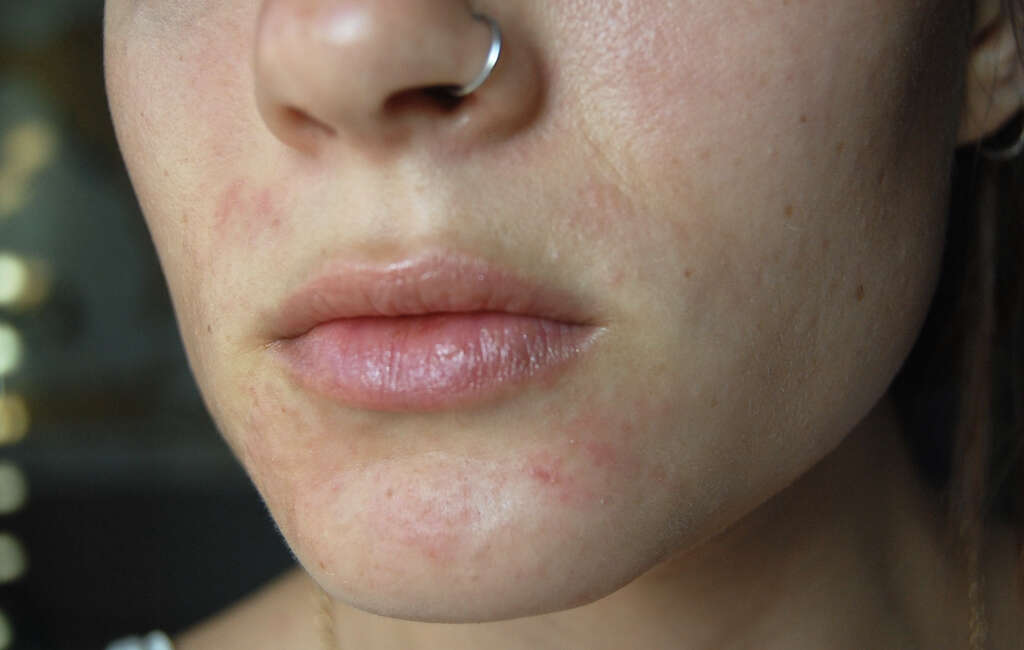
Symptom #5: Erosion Marks
Due to the intense itchiness that is seen in patients with nummular dermatitis, it is very normal to find scratch marks around the lesions or even erosion marks on top of the plaques.
It is important to avoid scratching the lesions as it can cause more damage to the skin, leading to complications like bacterial colonization.
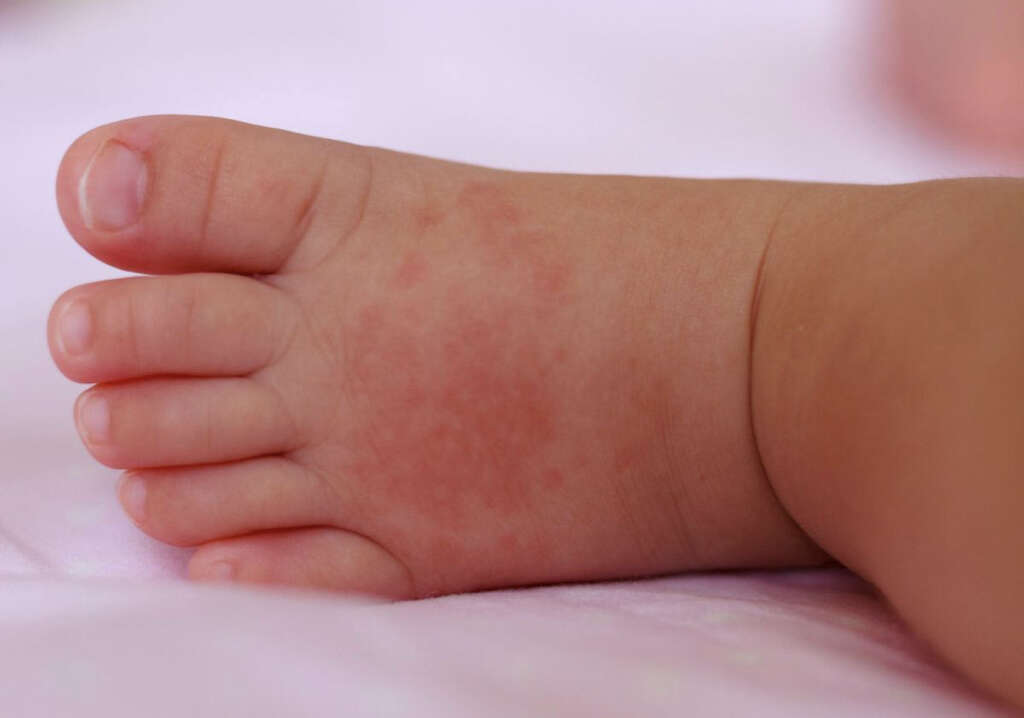
Symptom #6: Seasonal Pattern
This condition is associated with dry skin; therefore, it can become exacerbated with seasonal changes. Cold or dry climates usually seen in the winter are known to cause flare-ups in patients with nummular dermatitis.
Keeping moisturized skin is essential to prevent complications and helps with the itchiness as well.
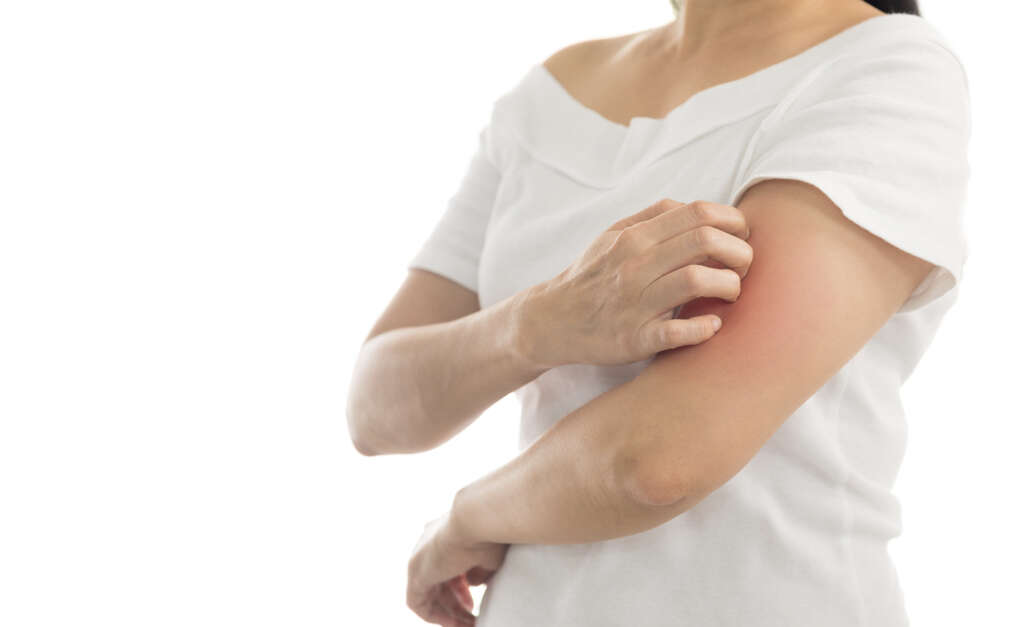
Symptom #7: Burning Sensation
Patients suffering from nummular dermatitis may experience a burning or staining sensation in their lesions. This is not a very common symptom but it is known to happen in some rare cases.
If you are experiencing symptoms related to this condition, it is important to seek medical attention for a proper diagnosis.
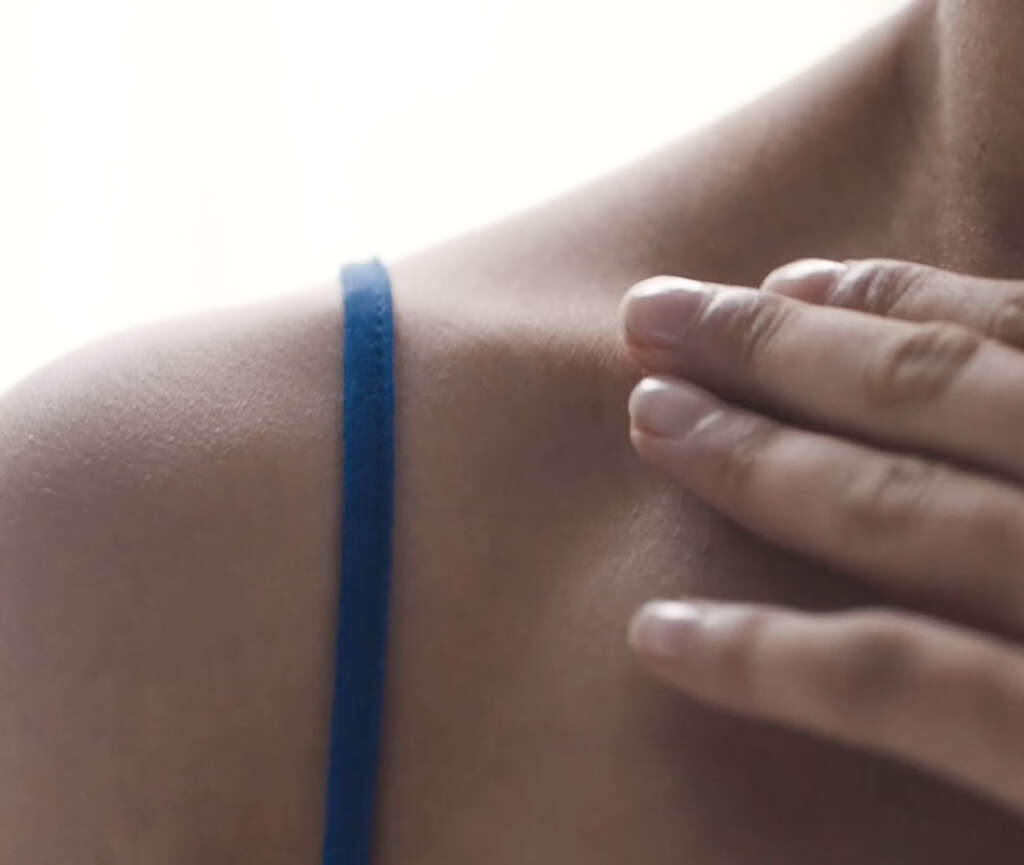
Symptom #8: Difficulty Sleeping
Most of the patients suffering from nummular dermatitis experience mild itchiness, but others may develop an intense itch that usually feels worse at night. This occurrence may lead them to lose sleep or having problems falling asleep.
There are many ways to deal with this problem but the first thing is to seek medical attention to diagnose and assess the condition.
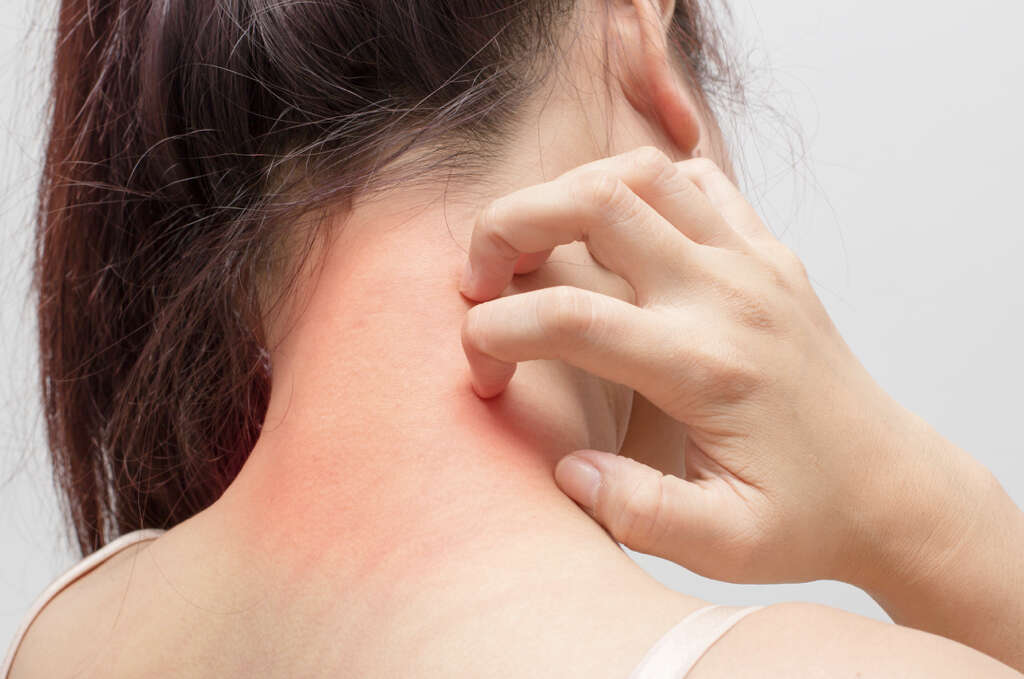
Symptom #9: Flaky Skin
As the disease progresses, the patches will turn into crusts and the crust will eventually start to come off. This will lead to flaking of the lesions. This is not something to be worried about but it can be annoying for some patients.
It is important to keep the skin moisturized to prevent any complications.

Symptom #10: Tenderness
If this condition is left untreated, it can become infected. Usually, secondary infections result in a yellow crust that builds on top of the lesion, but in some rare cases, it can turn into a more serious condition known as cellulitis.
This is not a common complication but it can cause the area to become warm and tender to the touch. At this point, it is important to seek medical attention as soon as possible to prevent further complications.
